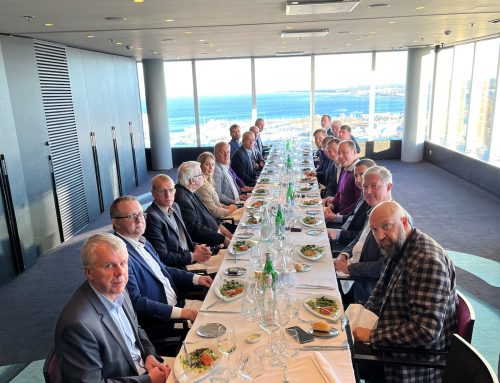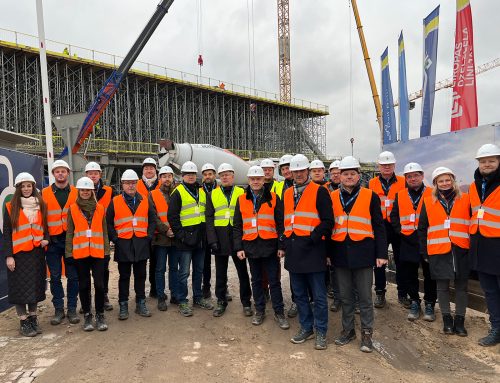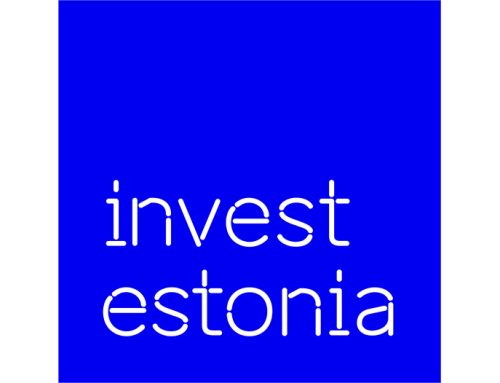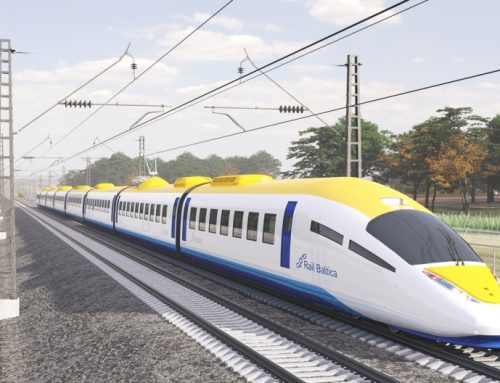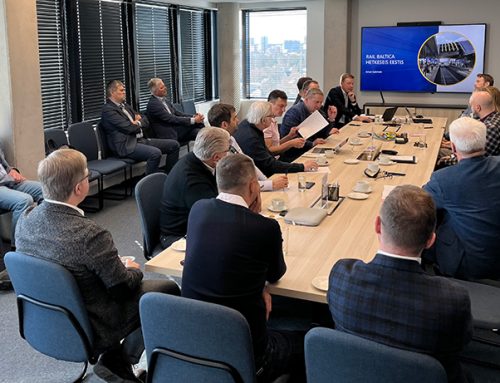On June 14, 2016 a number of companies interested in the Rail Baltic (RB) project gathered at Muuga Harbor near Tallinn, Estonia to discuss further developments of the new railroad project and business opportunities related to the future RB Muuga cargo terminal.
The event was organized by Rail Baltic Business Network (RBBN) – an independent NGO to analyse and promote the business potential of the new railway. Mr Valdo Kalm, Chairman of the Board of the Port of Tallinn and Mrs Baiba Rubesa, CEO of RB Rail AS, the joint venture of the three Baltic countries, were the keynote speakers of the event.
Chairman of the Board of the Port of Tallinn (AS Tallinna Sadam) Valdo Kalm in his opening presentation provided an overview of the work and development plans of Muuga Harbor, focusing on the upcoming Rail Baltic.
“While support for RB is high in all three Baltic nations in terms of carriage of passengers, there is more skepticism related to the carriage of goods. At the same time, Finland has already recognized the necessity of Rail Baltic as well as the opportunities it provides. We can also see that Estonian companies as well are starting to perceive the huge potential of the multimodal cargo terminal at Muuga combined with the Vuosaari container terminal,” said Kalm.
According to RB Rail AS CEO Baiba Rubesa, Rail Baltic represents a high-priority project for the European Union, covering significant sections in the European rail transport system that have thus far stood idle.
“This project denotes this century’s biggest infrastructure related cooperation project in the Baltic states, allowing us to transport 5 million passengers and 16 million tons of cargo a year. The technical design and relevant research will be completed in 2020, and construction of the new rail line in the Baltic countries will be finished in 2025,” said Baiba Rubesa.
“Stretching across 730 kilometers, Rail Baltic connects Kaunas, Riga, Pärnu, and Tallinn, while also ensuring a connection with the most important transport nodes. This will provide for a versatile and sustainable development of national economy and improve passenger mobility from the North to the South,” Rubesa adds.
Tõnis Tamme, Board Member of RBBN and partner at law firm TRINITI, says that as the conventional high-speed railway is a priority project of the next decade in the EU, the goal of RBBN is to achieve greater awareness of businesses and their involvement in the Rail Baltic project. “It is our goal to map the new business opportunities that emerge as a result of the new rail connections, and arrange for a meaningful dialogue between companies interested in the projects and public sector partners leading the project. Recently, our business network gained three additional members: a leading building contractor Lemminkäinen Eesti AS, developer of logistics infrastructure Riigiressurside Keskus AS and KMG Inseneriehituse AS, an engineering company,” added Tamme.
Ott Lumi, Board Member at RBBN says that the business network’s future plans relate to further expansion and improvement of public visibility. “We are planning to host an international conference this coming fall to provide for information exchange for the Baltic business community. Our active efforts are currently involved also in the business network for the purpose of expending into other countries involved in the project,” said Ott Lumi, partner at META, an advisory company for governmental relations and communications.

